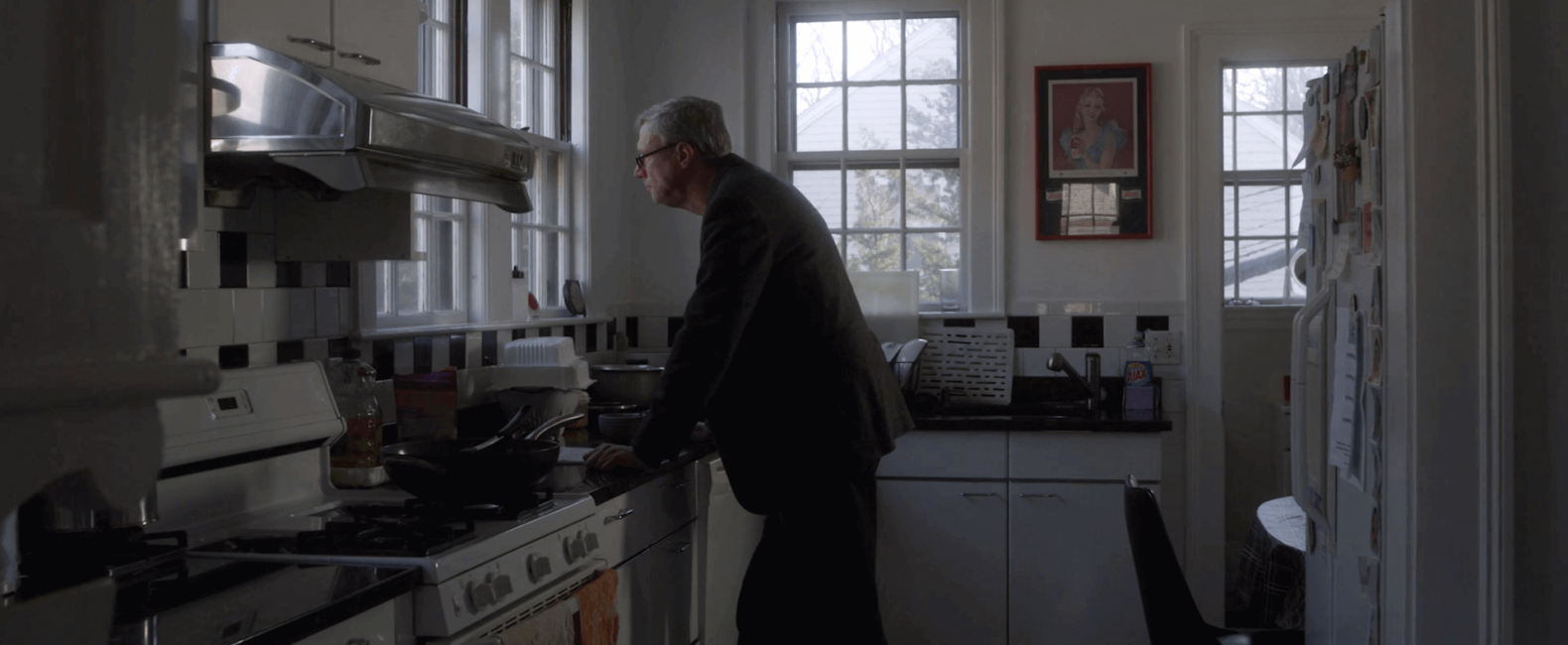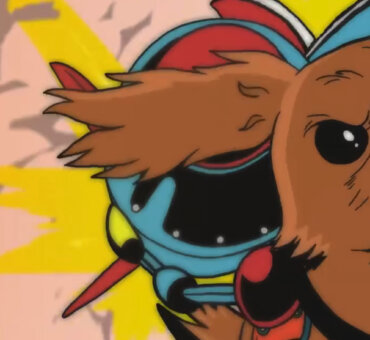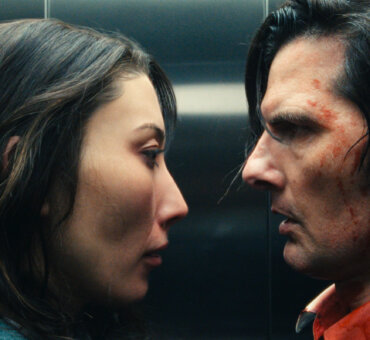There’s a saying among novelists and screenwriters: “My character surprised me.”
When you breathe as much truth and life as you can into the characters on the page, you find they take on a life of their own. At the very least, they might surprise you with things they say or decisions they make. At most, they might hijack your entire story and tell you that the wonderful outline you’d envisioned over the last two years is bunk, and their own problems and conflicts are more important than the contrived twists and turns you planned out for them.
This applies directly to editing, too, because the edit isn’t so different from the characters it contains. In many ways, it has its own idiosyncrasies, needs, and conflicts — just like a character. And if you listen closely to your project, the edit just might tell you, “You’re doing it wrong,” and offer its own thoughts on what it needs to achieve its final form.
Director Ian Reid experienced this firsthand working on a documentary project for his production company, Distant Moon. After being surprised by the subject of his story, he realized that what he thought he was going to do wasn’t what he should do at all. His experience with getting out of his own way is common among screenwriters and editors, and we spoke with him about the insights he gained by learning to listen to his edit instead of ordering it around. His responses make a great case study for any editors working to find the voice that will truly tell their story on the screen.
What was the impetus for creating this doc?
Our team discovered this blogger and economist, Scott Sumner, who had shot up the ranks as one of the world’s most prominent economists because of some controversial views he published on his blog, which ended up being proven true by the Great Recession in 2008.
When we initially were planning the project with the client, we saw it as a fairly straightforward, branded mini-doc. We wanted it to be cinematic, have inspiring music, and slow-motion shots. But from the moment we met Scott, we were struck by his quirkiness. His mannerisms, penchant for eating cereal, piles of newspaper clippings dating back to the Cold War — everything started to paint a different picture than we originally had coming into the project. For example, after buying our team lunch from his favorite local Thai restaurant, he offered us some tortilla chips and cereal, if we were still hungry.
But even in spite of this, once we got back to the edit suite, we moved forward with the original plan of cutting together the piece as a respectable mini-doc about an economic authority. We found an inspiring, and slightly melancholy, orchestral track, went through a few rough drafts, and then sent it off to the client. It wasn’t a work of art, but it did a decent job of telling Scott’s story, so we figured we’d see how the client felt about it.
What was the client’s response?
A few days went by. We didn’t hear anything. And then we got the call.
As soon as I heard the client’s voice, I knew they just weren’t feeling it. “Yeah… we don’t really feel like this is Scott. Can you try to make the piece more about him? Tell his story and try to spend less time on the Great Depression. But still making his research clear.”
At the time it felt like we were returning to square one, but we tried. We left the beginning of the piece relatively unchanged, because I loved the Jimmy Stewart quote, but we largely restructured the rest of the piece to focus more on Scott’s journey in the world of academia.
After a day or two, we sent the client the new cut.
What was the response that time?
A day later, the client called again. When I answered the phone, there was an awkward silence… and then, “I think we’re getting closer. But we’re definitely still not there. We still aren’t getting enough of Scott’s personality.”
Back to square one again. What happened next?
Right. When I got back to the editing suite, I sat down and watched our cut and the raw footage of Scott on repeat. Then it hit me. The immense number of technical details we needed to cover. Scott’s quirky personality. It all demanded a quicker edit. A snappier edit. The piece had been telling me all along that it didn’t want to be a “traditional mini doc.” It wanted to be different. It needed to be faster and less precious.
In a lot of ways, it became clear that the piece was saying, “Look, screw ‘normal style.’ Screw perfect footage. Cut in crappy old pictures and garbled archival footage. Show Scott’s foibles and mistakes.” It was telling me the form had to mirror the subject.
Looking back, did you realize all the ways the project was telling you that early on?
Preconceptions die hard. But had I paid closer attention, I would have noticed on the day of the shoot that the project was telling me this.
How did you get the film back on track after that?
I essentially returned to the drawing board. I first found a music selection to match the tone the piece was telling me it needed. I was looking for something quirky, fast-paced, and almost vulnerable. In the middle of my searching, the client shot over an email with a track by Steven Gutheinz on Musicbed. I dropped it into the timeline, and the clouds opened up. In a sense, it was the musical equivalent of Scott’s story. This was the music the edit had been asking for.
What did you do to bring in more of Scott’s personality?
Earlier that year, I’d watched Adam McKay’s film, The Big Short. It left a huge impression on me. The way McKay happily mixed and matched footage that seemingly didn’t belong together held me in rapture. Now, as we approached the edit from the perspective of “What is Scott’s personality?” it felt like this more raw, more personal style of The Big Short was exactly what Scott’s story was asking for.
We’d included Depression-era footage even in the earliest cuts; but now we were going to lean into the unpolished footage. Archival footage, shots of his house, Scott eating cereal, and him not knowing he was being filmed and finding that more comfortable. All of our choices from that point forward were to embody Scott’s personality in each cut. We finished the re-edit and sent it to the client.
What did they think?
I didn’t have much time to be worried. A few hours later they emailed, “This is it! Perfect. We’re done.” We still ended up having about four more rounds of tweaks and small revisions. But everything after that point was polish. They loved the new edit.
Did you feel differently about this project compared to other work you’d done?
Funny enough, after the piece was completed, I hemmed and hawed for a couple of weeks about whether the film fit the overall brand tone and direction we were trying to establish at Distant Moon. We only post select work we’ve produced to our online portfolios. But in the end, I listened to trusted friends and collaborators who said, “Just upload it already.” And I’m glad I did. It ended up getting picked up by The Atlantic. And because of that, an innovative production company reached out to us about some exciting upcoming collaborations. There’s probably another good lesson in there, honestly.
How will this experience affect your work moving forward?
Carrying your preconceived notions into an edit can really hinder the piece from being what it needs to be. Just as a writer listens to her characters to make a truthful and compelling story, filmmakers have to listen to their projects in order to give them their maximum potential for success. More often than not, the project will tell you what it needs to be. And more often than not, what it tells you is way better than what your preconceived notions imagined. Listen to your work. It will tell you what it needs to be. All those other voices in your head are just noise.
Read how Big Sky Edit’s Founder Chris Franklin crafts award-winning edits.
To see more of Ian’s work and to license his footage, check out his Filmsupply profile.






